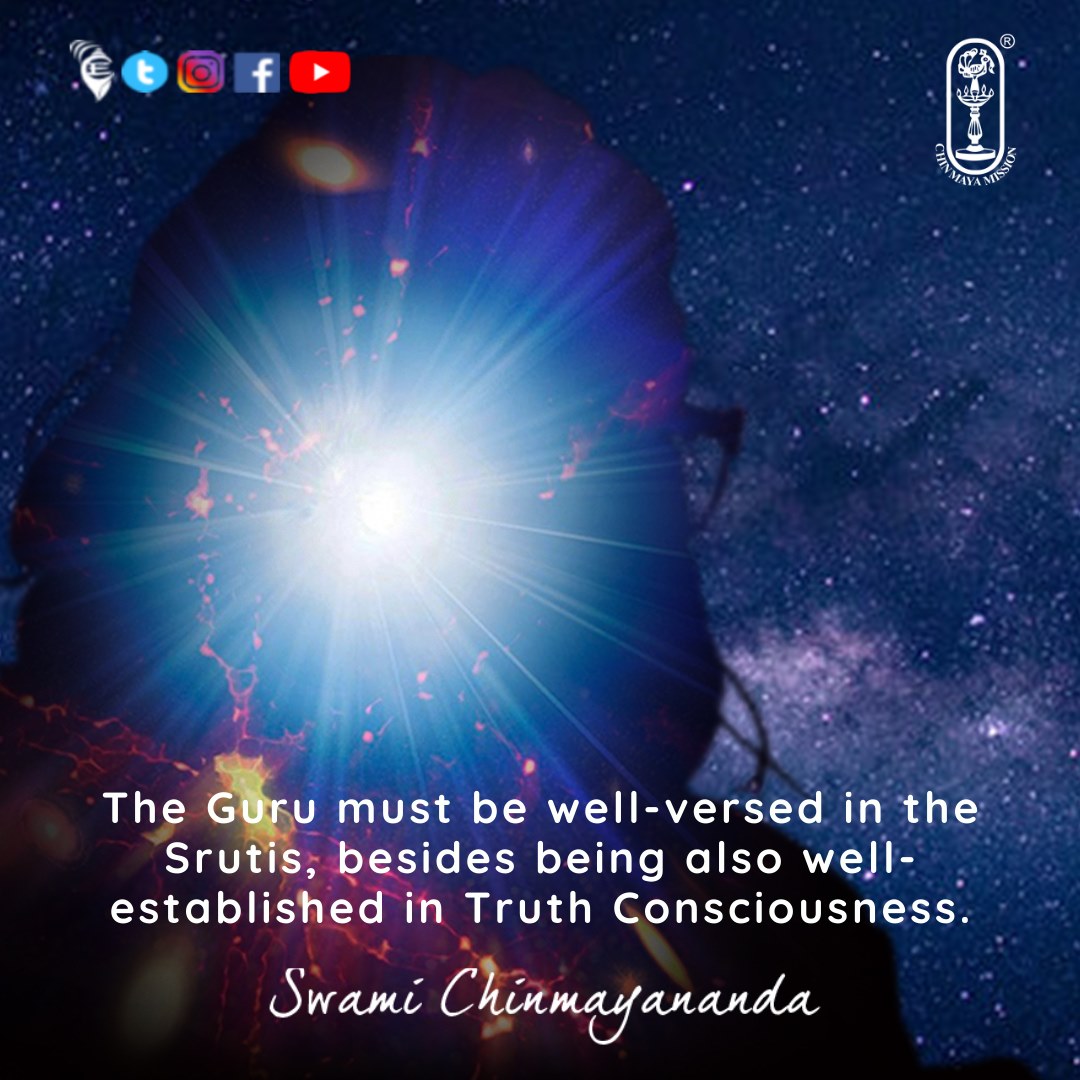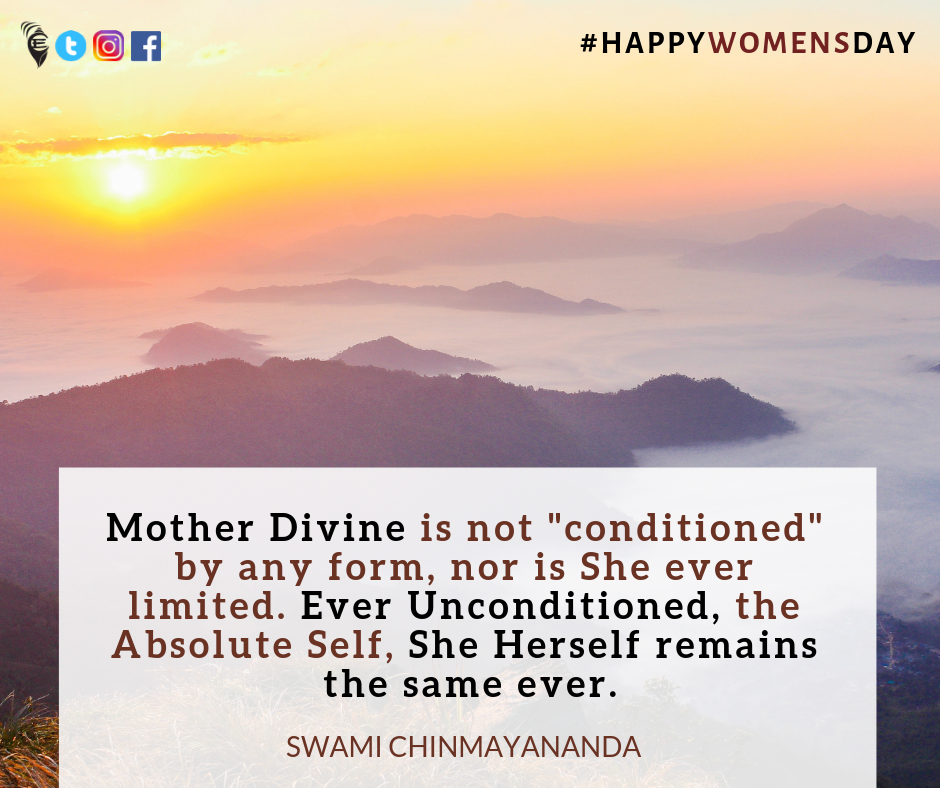Meditation According to the Upanishads - 5. Swami Krishnananda.

------------------------------------------------------------------------------------------------------------------------ Monday, March 01, 2021. 10:41. AM. (Spoken on January 14th, 1973) Post-5. --------------------------------------------------------------------------------- Super-consciousness, sometimes called the supramental state, turiya, is inclusive of all that is in the other three states of consciousness. Whatever was there of worth and meaning in the condition of waking, dream or sleep is also to be found in the turiya state, only freed from the tension of it. The turiya state of consciousness is the goal of life. It is described as : Mandukya Upanishad -Mantram-7. "Nantah-prajñam, na bahis prajñam, nobhayatah-prajñam, na prajnaña-ghanam, na prajñam, naprajñam, adrstam, avyavaharayam, agrahyam, alaksanam, acintyam, avyapadesyam, ekatma-pratyaya-saram, prapañcopasamam, santam, sivam, advaitam, caturtham manyante, sa atma, sa vijñeyah. "This is how the Mandukya desc...





